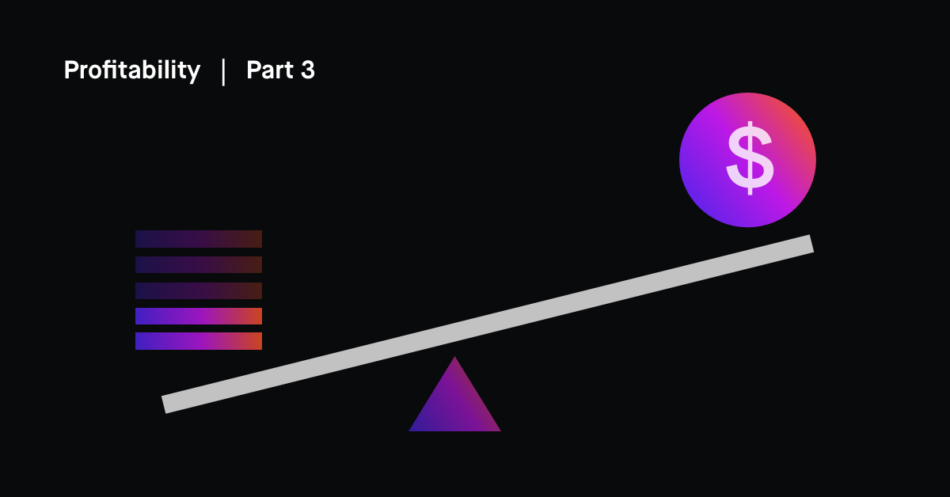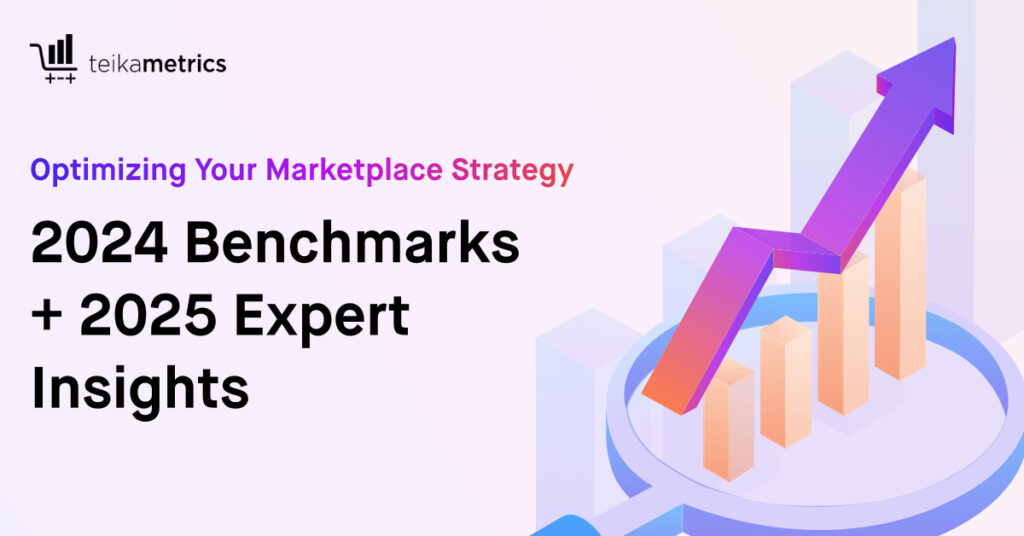![]() Note: This is part 3 in a 4 part series on profitability by Cyndi Thomason, Founder and President, bookskeep. Read part 1 here and part 2 here. Come back next Wednesday for part 4.
Note: This is part 3 in a 4 part series on profitability by Cyndi Thomason, Founder and President, bookskeep. Read part 1 here and part 2 here. Come back next Wednesday for part 4.
In the first article in this series, we covered how cash flows through your business. We also covered how when it is used efficiently and productively, it will allow you to increase profits and cash. In the second article, we discussed the primary reasons that focusing on a goal of increasing profits is beneficial. In this article, I will introduce five levers you can use to increase your profit and cover the two levers that are found on your Profit and Loss Statement.
5 Levers To Increase Profit
The five levers are:
- Revenue
- Expenses
- Receivable Days
- Inventory Days
- Payable Days
Lever 1: Revenue
Sales, or Revenue is the one number all my clients find fascinating. I expect you do, too. It is an important number! If we didn’t have the top line sales, then the rest of the Profit and Loss Statement wouldn’t really matter. At the end of the day, however, it’s how much of that revenue you keep that will pay your bills and keep the lights on in your warehouse. Here are a list of questions that will help you ensure you’re focusing on the right areas within the sales framework—
- Are your products and listings attracting prospects?
- Are you converting them?
- Are you adequately serving your clients to minimize product returns?
- Do you pay attention to frequency of purchases, repeat purchases, pricing, size of transactions, and opportunities to cross-sell and upsell?
These are all factors that impact your revenue.
If you find you are having issues in the sales area, I suggest that you find a group or a coach that can help with this analysis. As an accountant, it’s not my area of expertise, but I do know how critically important it is to get it right.
Lever 2: Expenses
Expenses are where you can get into trouble. There are two main trouble spots that I see over and over. First, you must manage your Cost of Goods Sold expenses. As I covered in detail in the last article, you must generate at least a 30% gross margin or you will not generate enough cash to grow your business.
Logistics
Have you investigated and compared suppliers, negotiated for the best price and terms? Have you managed your inventory levels to avoid stock outs that become costly either in lost sales and ranking and possibly expedited shipping, or excess slow moving stock that ties up your cash and may generate storage fees? Concentrate on the gross profit margin and get those expenses in line.
Advertising
Once you are generating decent margins, then make sure you are optimizing your advertising. It is easy to use up all your margin on ad spend or agency fees for managing ads. Make sure that when you spend 1,000 dollars a month on ads, your revenue is exceeding that number. Don’t rely on reports from your agency. If your ads cost you $1,000 and your increase in revenue is $500, you are not getting a positive return on your ad spend. I don’t care what metric looks great on their report. There are many levers to pull in the advertising spend arena.
Start by providing your team clear goals. You need to be the one driving the advertising, not them. Monitor your inventory levels and adjust ad spend down when your stock gets low. If a product is being merchant fulfilled, you may need to stop ads altogether because shipping may eat up your margin. Be sure to inform your agency when things are looking good, too. If they make adjustments every week, and you’ve hit a sweet spot, let them know to hold off on changes while you ride the wave. Ads are not set it and forget it. Actively manage them or they will eat your profits.
Operating Costs
Operating or overhead costs also require your active management. Be ruthless as you examine these expenses every quarter. Ask yourself, “Do I really need all those software subscriptions? Or the latest online course? Or that office space?” Oftentimes, we spend money on “ego” purchases. We don’t really need the item, but it makes us feel good, possibly because it connotes a certain status.
When you spend money on operating expenses, you are directly reducing the cash you can use to pay yourself or use to grow the business. Look for innovative ways to do things, be efficient and frugal. Also be aware that interest will directly reduce the money you have available for your bottom line. Often product margins are so slim they don’t allow for high-interest loans and you must look for ways to eradicate high-interest debt.
These first two levers are powerful so take your time to ensure they are optimized in your business. Once they are humming, you are ready to tackle the last three levers. These levers are Receivable Days, Inventory Days, and Payable Days. These metrics are found on your balance sheet. We’ll dive into them in the next article.
About the Author
Cyndi Thomason, Founder and President, bookskeep, is the author of the bestselling book, Profit First for Ecommerce Sellers and online course by the same name. She is a Mastery Level Certified Profit First Professional, Certified Fix This Next Coach, and the founder and president of bookskeep. Her company consists of a virtual team located across the United States, providing Progress Masters ecommerce business advising, Profit First consulting and bookkeeping to ecommerce clients all over the world. Cyndi devotes much of her time speaking at various events such as ASD Market Week, SellerCon, Prosper, Ecommerce Fuel Live, and other industry events. She has also appeared as a guest speaker on many popular webinars and podcasts, such as Freedom Ticket with Kevin King, Bright Ideas with Trent Dyrsmid and eCommerceFuel Podcast w/Andrew Youderian, and is a regular contributor to Inventory Lab and eComEngine blogs and newsletters. Cyndi’s book, Profit First for Ecommerce Sellers can be purchased at Amazon.com and other online and retail book stores.





